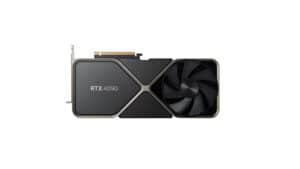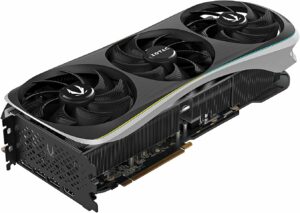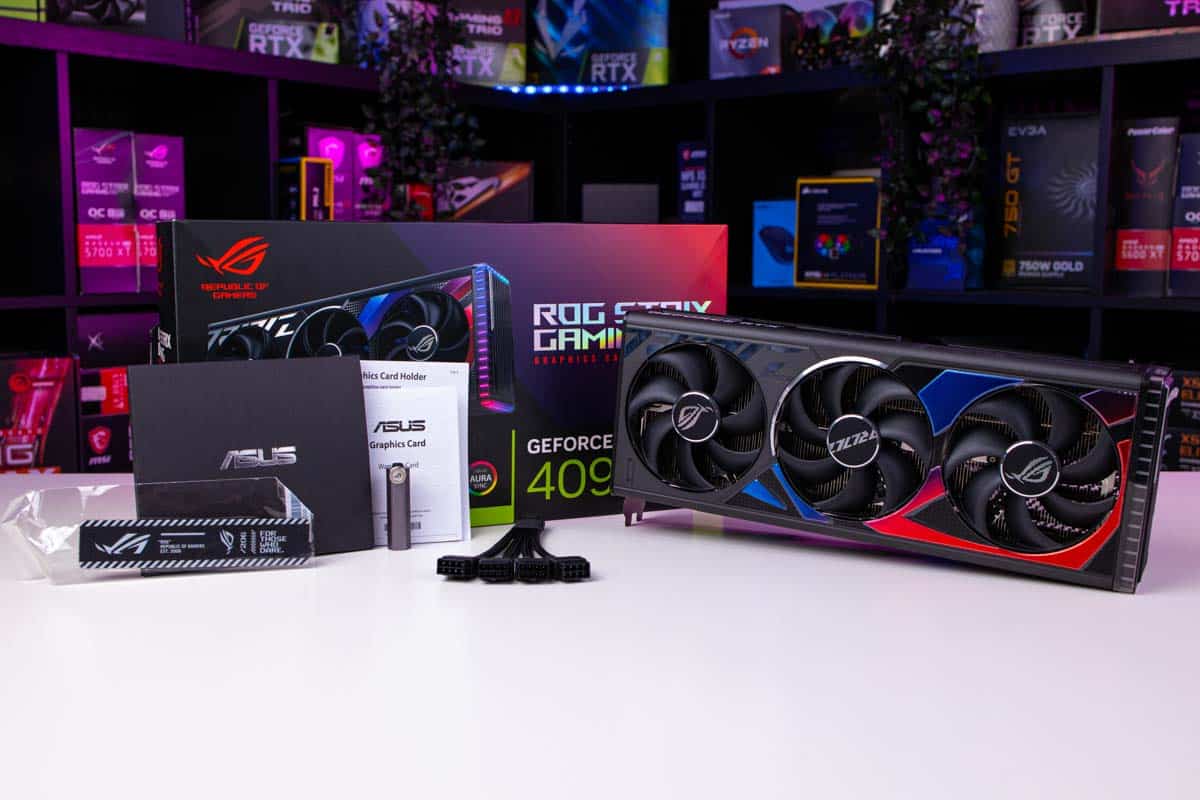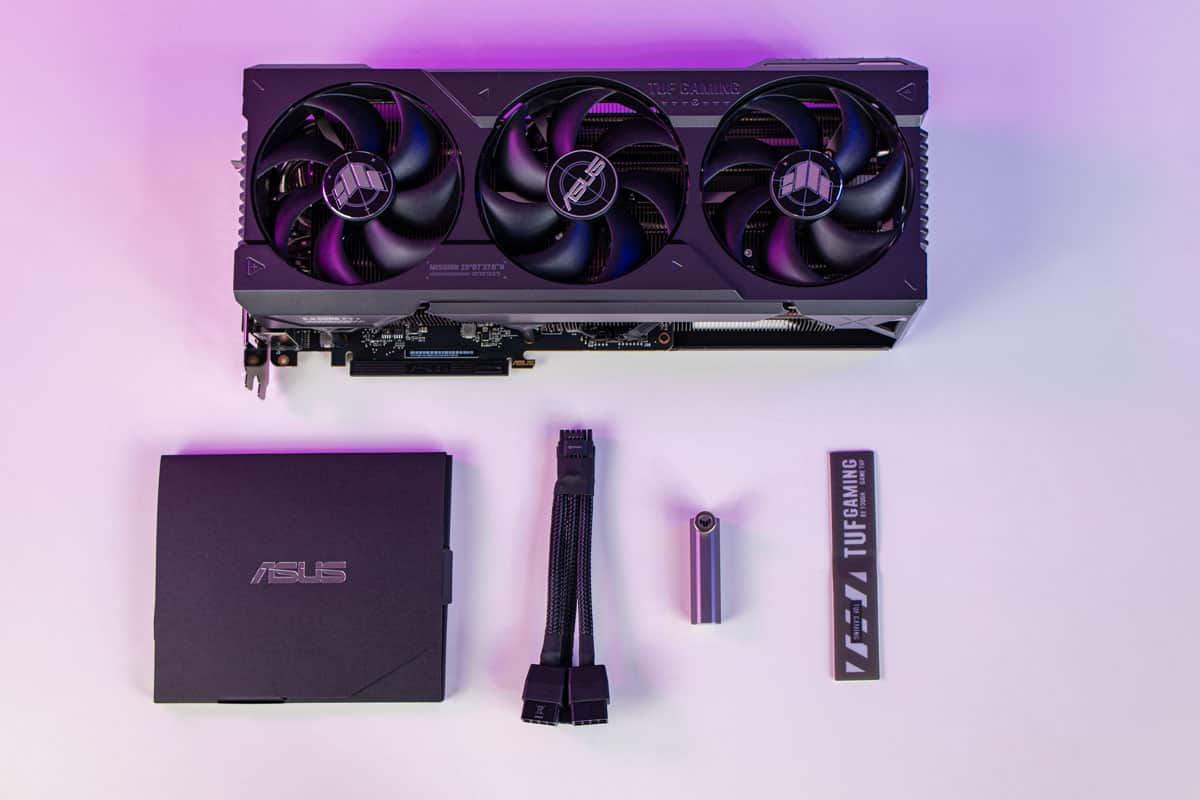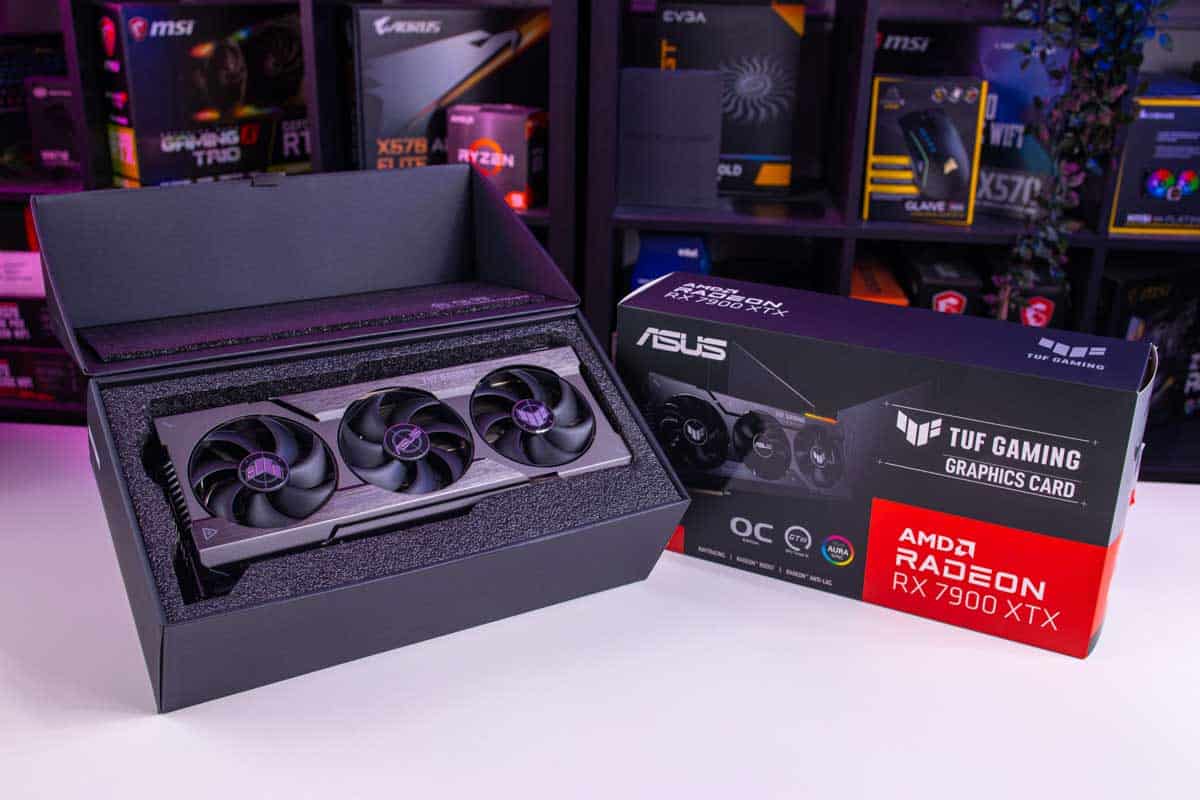Best GPU for Blender in 2025 – our top choices for rendering
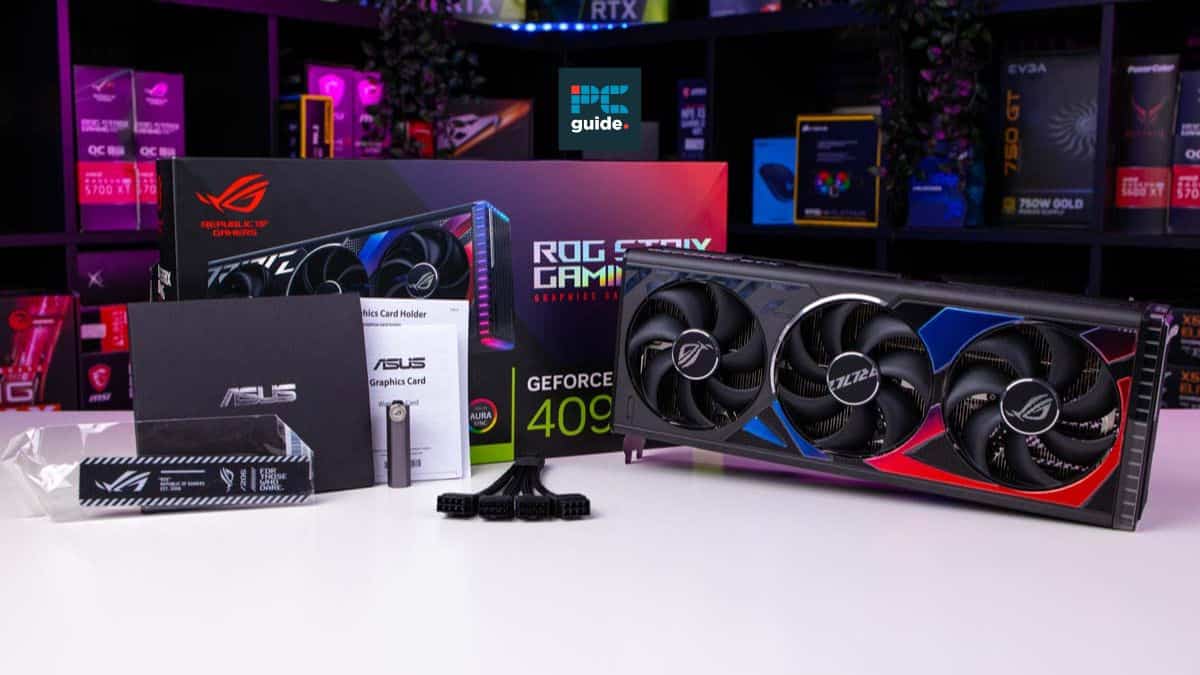
Table of Contents
Whether you’re a 3D artist, architect, or animator, Blender’s open-source technology empowers you to create top-level visuals from the comfort of your home. But it has to be said, to truly tap into its potential and render projects at top speeds, you’re going to need a graphics card/GPU that packs a serious punch.
This guide dives into the best GPUs for Blender, exploring the top contenders from Nvidia, AMD, and more. We’ll break down their strengths and weaknesses, helping you choose the perfect tool to fuel your creativity and streamline your Blender workflow, regardless of your experience level. So, get ready to rev up your renders and take your artistic vision to the next level.
Products at a Glance
How we picked the best GPU for Blender
When picking the perfect GPU for Blender, it is important not to solely look at its raw power, as there are other key factors that directly impact your rendering experience. Namely, GPU cores, VRAM, and ray-tracing cores.
CUDA cores/stream processors will handle the heavy lifting of rendering: more cores generally translate to faster rendering. In terms of VRAM, this function stores textures and scene data, so higher VRAM allows for more complex scenes with detailed textures without bottlenecking the performance.
Ray tracing cores are important if you plan on using Blender’s Cycles render engine for hyper-realistic lighting effects, as these dedicated cores significantly accelerate ray tracing calculations. Lastly, software optimization is also considered because it determines how well each GPU is optimized for Blender’s specific workloads, ensuring you get the most out of your investment.
Last but not least, we also pulled on our in-depth knowledge of GPUs, more specifically, our reviews of the RTX 4090, the RTX 4080, the RX 7900 XTX, and the RTX 4070 Ti Super. Having hands-on experience is super important, as we’ve been able to make our decision not only based on the benchmarks of each of these cards in 4K gaming and synthetic performance, but also on their pricing and overall aesthetics. Essentially, you can rest assured that each of these choices has been tested, and approved, by us.
Product Reviews
- Unparalleled performance for Blender with its 16,384 CUDA Cores
- A massive 24 GB GDDR6X of VRAM for getting ultra-realistic textures
- Hardware-accelerated ray tracing from Nvidia's DLSS 3 technology
- One of the more expensive cards, costing above $2000
- It could be considered overkill, and will bottleneck without an appropriate CPU
- Bulky and heavy GPU, weighing 9.53 pounds
The NVIDIA RTX 4090 earns our top spot as the best GPU for Blender, providing unparalleled performance in both rendering and viewport operations: and getting a 4.5/5 in our review. This beast of a graphics card comes with jaw-dropping 16,384 CUDA cores and 24 GB of GDDR6X VRAM, ensuring that it can tackle even the most demanding Blender projects with ease. The RTX 4090’s support for hardware-accelerated ray tracing makes it a top choice for artists who need realistic lighting, shadows, and reflections in their renders.
As pretty much the best GPU that money can buy you right now, it’s unsurprising that our benchmarks from in-house testing by WePC’s Sebastian Kozlowski confirm just how capable this GPU for graphics and rendering. The 4090 reached 6.44 seconds in Blender’s bmw27, and a 3DMark graphics benchmark score of 18,940 in Time Spy Extreme. If you were to benchmark your current graphics card you’d gain additional understanding too if you’re looking to upgrade.
In addition to its exceptional ray tracing capabilities, the RTX 4090 also boasts impressive AI performance, thanks to its Tensor cores. These cores can accelerate denoising and other AI-based tasks in Blender, helping to streamline your workflow. While the premium price of the RTX 4090 might be daunting for some, it is a worthwhile investment for professional 3D artists and animators who require the absolute best performance for their work.
- Excellent performance, powered by 9,728 CUDA cores
- Impressive 16 GB GDDR6X VRAM, so you're still getting excellent textures and graphics for rendering
- $1,169 price is affordable in comparison to the 4090
- RTX 4090 boasts stronger performance
- Has been replaced by the RTX 4080 Super
- Still relatively expensive, especially for an 80-class card
The Zotac 4080 is a formidable powerhouse, delivering top-tier gaming performance and exceptional capabilities for Blender tasks. Boasting 16GB of GDDR6X memory, a clock speed of 2520MHz, PCIe 4.0 support, vibrant RGB lighting, and an integrated triple-fan cooling setup, this GPU stands ready to tackle the most demanding tasks, whether it’s running Unreal Engine 5 or handling intensive rendering jobs.
Zotac’s rendition of the Nvidia 4080 epitomizes premium-grade GPU performance. With a robust 16GB VRAM capacity, clocked at 2520MHz, and boasting a triple-fan cooling configuration, it delivers top-notch performance time and time again. Alongside these features, it offers luxuries like RGB lighting. Furthermore, it includes a sizable heatsink paired with composite heat pipes, fan vibration dampeners, and a bundled GPU support stand, enhancing both functionality and user experience.
In our review, we found our industry-standard synthetic benchmarks in 3DMark and Blender 4.0 to be more than sufficient: only to be outdone by the likes of the pricier RTX 4090 GPU. The Monster, Junkshop, and Classroom rendering scenarios scored 4345.6, 2065.9, and 2143,6 samples per minute respectively.
So, although the RTX 4080 does not quite pack the same amount of punch as the newer RTX 4090, it has a more than reasonable performance and is arguably more efficient than our first option; it will cost you less and won’t be considered overkill.
- A whopping 24GB VRAM, the highest on this list
- Strong price to performance ratio, costing $999
- One of the more lightweight options, weighing 5.72 pounds
- Doesn't have any ray tracing capabilities
- Overall performance not as strong as Nvidia
- Far from the cheapest RDNA 3 graphics card
We know some users like to live and die by their manufacturers so we thought it best to include an AMD option for all those supporting Team Red. However, we will preface this by stating that AMD’s lack of ray tracing technology significantly weakens their performance and rendering capabilities with Blender, even though this cards 4K capabilities are strong.
AMD’s flagship GPU, the 7900 XTX, emerges as a formidable contender in the realm of high-performance graphics. This Speedster edition offers impressive specifications, including a generous 24GB VRAM capacity and a rapid 2615MHz clock speed, ensuring seamless performance across demanding creative tasks, as well as gaming. Our synthetic benchmarks for Time Spy Extreme (4K) found it getting 14,230 graphics and 14,010.
Furthermore, with a triple-fan cooling system, it efficiently manages heat dissipation for sustained performance during intensive workloads. While it may not surpass the capabilities of Nvidia’s 4090, for those prioritizing AMD, in this scenario, the 7900 XTX stands as the pinnacle of that hill.
- Most affordable GPU we've listed, costing $849.99
- Innovative RGB lighting and aesthetic design, this GPU would look great in any rig
- A nice upgrade from the original 4070 Super
- May struggle with extremely demanding tasks, and is more aimed at 1080p/1440p rather than 4K
- Might still be too big for some builds that are on the smaller side
For Blender users who are not looking to break the bank, but are still in the market for the Nvidia model, the Nvidia RTX 4070 Ti Super is a fantastic option. This slightly more affordable GPU comes with 8448 CUDA cores and 16 GB of VRAM, providing more than enough power for the majority of Blender projects. Although it may not be as fast as the higher-end GPUs on this list, the RTX 4070 Ti Super still offers hardware-accelerated ray tracing capabilities, enabling you to produce impressive, photorealistic renders.
The GPU also includes Tensor cores for AI-accelerated tasks, ensuring a smooth and efficient workflow in Blender. In fact, we found our benchmarks using a ROG Strix OC RTX 4070 Ti Super scoring 3707.8 in Blender 4.0 monster, 1785.2 in junkyard, and 1883.6 in classroom, not a huge jump away from the 4080.
The RTX 4070 Ti Super is perfect for Blender users who want a balance between performance and affordability. Whether you’re a hobbyist, a student, or a freelancer just starting in the industry, the RTX 4070 Ti will provide the performance you need without completely breaking the bank.
Features and considerations
When searching for the best GPU for Blender, it’s essential to consider the GPU performance, as a powerful GPU can significantly improve the performance of Blender, allowing you to work on complex projects with ease. It’s crucial to choose a graphics card that offers high processing power, especially if you’re working with detailed models and large textures.
Modern GPU architectures offer better performance and efficiency, making it important to choose a card based on the latest technology. Nvidia’s Ampere and AMD’s RDNA 2 architectures are popular choices among professionals for their performance and support for hardware-accelerated ray tracing.
Blender can take advantage of both Nvidia’s CUDA and AMD’s OpenCL technologies for rendering, so it’s essential to choose a GPU that supports the technology you prefer or plan to use in your projects. Lastly, the best GPU for Blender should provide the right balance between performance and price. While high-end GPUs offer the best performance, they may not be necessary for all users, and more budget-friendly options can still deliver excellent results.
What is the best GPU for rendering Blender?
The best GPU for rendering Blender is the Nvidia RTX 4090. A fresh Nvidia model from Team Green is perfect for rendering demanding visuals from Blender. This is mainly due to its powerful processors and ray-tracing capabilities.
Is Blender CPU heavy or GPU heavy?
While most general Blender tasks and modeling operations rely on the CPU, GPU plays a more significant role in rendering and viewport performance. Blender’s built-in rendering engines, Cycles and Eevee, can utilize both CPU and GPU for rendering, with GPU often providing faster results. Therefore, having a powerful GPU can greatly improve your workflow and rendering times in Blender.
Do you need a powerful PC for Blender?
The hardware requirements for Blender depend on the complexity of your projects and your desired performance. For simple tasks and small projects, a modest PC with a decent CPU and GPU can work well. However, if you plan to work on complex scenes, high-resolution textures, or advanced simulations, a powerful PC with a strong CPU, GPU, and ample RAM is highly recommended. Upgrading your PC can significantly improve your Blender experience, allowing for faster rendering times and smoother viewport performance.
Our Verdict
In conclusion, finding the best GPU for Blender depends on your needs, budget, and the complexity of your projects. Our top pick, the NVIDIA RTX 4090, offers unparalleled performance for professionals and enthusiasts, while the RTX 4080 is a slightly more affordable option without sacrificing much power. Each of these GPUs has its own unique strengths and trade-offs, so consider your individual requirements and priorities when making your choice. Armed with the right GPU, you’ll be ready to take on any Blender project and create stunning 3D art with ease.
